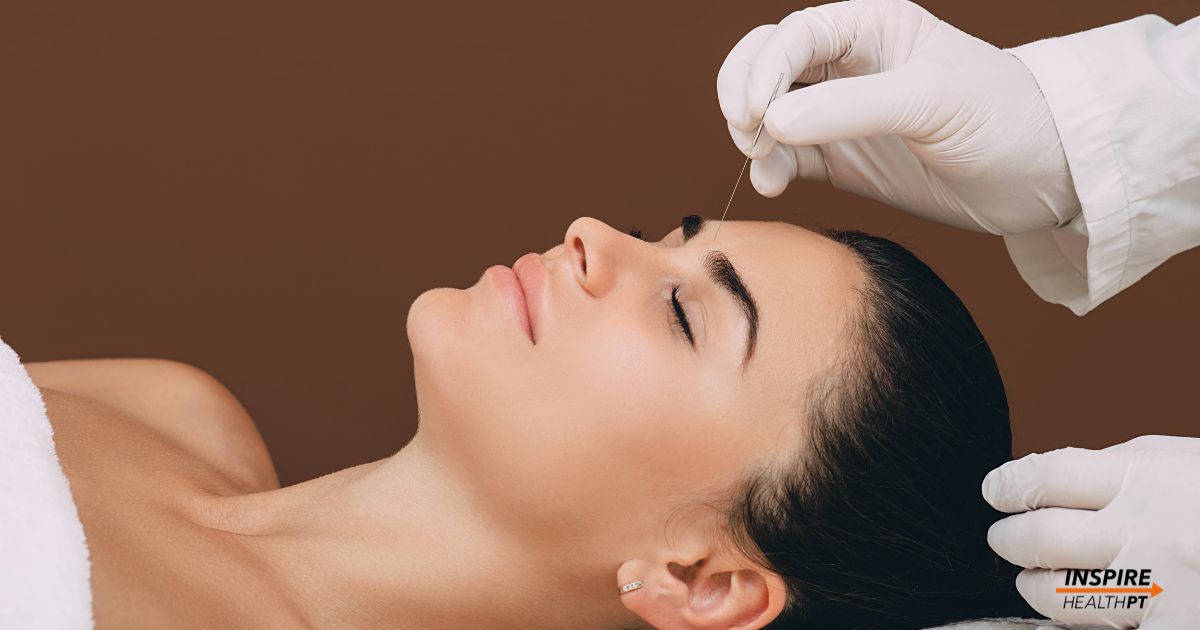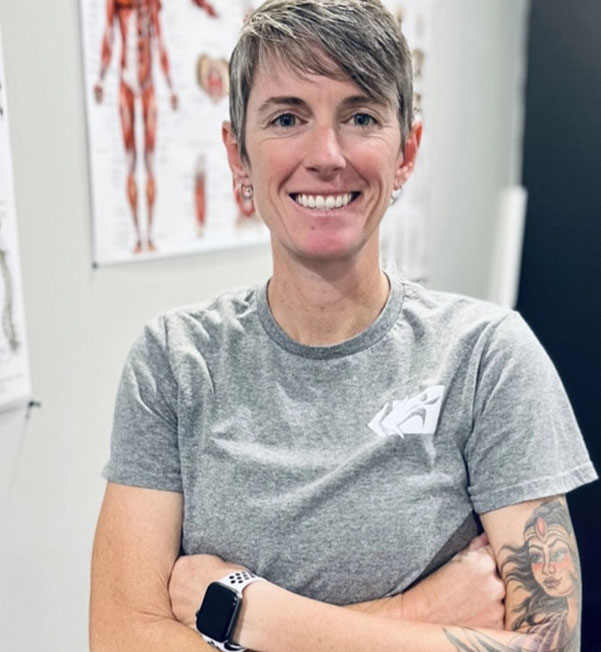Introduction
Migraines are excruciatingly painful and can significantly disrupt one’s daily life. For those who suffer from chronic migraines, finding effective treatments can be a constant quest. One emerging option that has gained attention is dry needling.
In this article, we will explore the effectiveness of dry needling for migraines and delve into its benefits, differences from acupuncture, and where to seek this therapy.
What Is Dry Needling For Migraine?
Dry needling therapy, as offered by Progressive Mobility Physical Therapy, is a minimally invasive procedure that involves the insertion of thin needles into specific trigger points or muscle knots in the body.
Unlike acupuncture, which is rooted in traditional Chinese medicine and aims to balance the body’s energy flow, dry needling primarily targets muscular pain and tension.
How Does Dry Needling Help Migraines?
Research indicates that dry needling has the potential to greatly enhance the frequency of headaches and improve one’s overall quality of life.
Relieving Muscle Tension
- One of the leading causes of migraines is muscle tension, especially in the neck and shoulder region.
- Dry needling can help by targeting these tense areas and releasing the built-up tension.
- When the muscles relax, it can alleviate the pressure on nerves and blood vessels, reducing the likelihood of migraine triggers.
Trigger Point Release
- Migraines can be triggered by specific points of tension in the muscles, known as trigger points.
- Dry needling can effectively release these trigger points, providing relief from migraine pain.
- This technique promotes better blood circulation and helps in the release of pain-relieving chemicals in the body.
How Effective Is Dry Needling for Migraines?
The effectiveness of dry needling for migraines varies from person to person. Some individuals experience significant relief after a few sessions, while others may not respond as well. Factors such as the frequency and severity of migraines, overall health, and individual responses to the therapy can influence its effectiveness.
Research on the topic is ongoing, but many migraine sufferers have reported positive outcomes with dry needling. Studies suggest that dry needling is a viable option for treating headaches and can be used alone or in conjunction with medication.
What Are the Good Effects and Benefits of It?
Non-Invasive: Unlike some other migraine treatments, there are no incisions or medications involved. This makes it a low-risk option for those who are looking for natural ways to manage their migraines.
Targeted Pain Relief: It focuses on the specific areas of muscle tension and trigger points that are contributing to the migraine. This targeted approach can provide quick and effective pain relief.
Reduced Medication Dependency: This can be especially beneficial for individuals who are concerned about the potential side effects of migraine medications.
Where Should I Go to Get Dry Needling?
If you’re considering dry needling for headaches, it’s essential to seek out a qualified healthcare professional who is trained in this technique. Physical therapists, chiropractors, and some medical doctors may offer dry needling services.
Ensure that the practitioner has experience in treating migraine patients and is licensed to perform dry needling in your area. Progressive Mobility Physio & Performance is one such reputable provider known for their expertise in this therapy.
Difference Between Dry Needling and Acupuncture
According to Medical News Today, dry needling and acupuncture share similar needles, locations, and techniques but vary in practitioner training duration and the terminology they employ to describe their treatments.
In contrast, dry needling primarily focuses on relieving muscular pain and tension, making it more suitable for migraine sufferers looking for targeted pain relief.
Conclusion
Dry needling is an emerging therapy that shows promise in the management of migraines. While its effectiveness may vary from person to person, it offers a non-invasive, targeted approach to pain relief.
When considering this treatment, be sure to consult with our team of qualified healthcare professionals who specialize in dry needling at Progressive Mobility Physio & Performance.
FAQs
Q1: Is dry needling painful?
A1: Dry needling may cause some discomfort during the procedure, but it is generally well-tolerated by most patients. The discomfort is typically brief and subsides after the session.
Q2: How many dry needling sessions are needed for migraine relief?
A2: The number of sessions needed varies from person to person. Some individuals may experience relief after just a few sessions, while others may require more. Your healthcare provider will develop a treatment plan tailored to your specific needs.
Q3: Can dry needling cause headaches?
A3: While rare, some individuals may experience mild headaches or soreness after a dry needling session. This is usually temporary and can be managed with rest and hydration.


